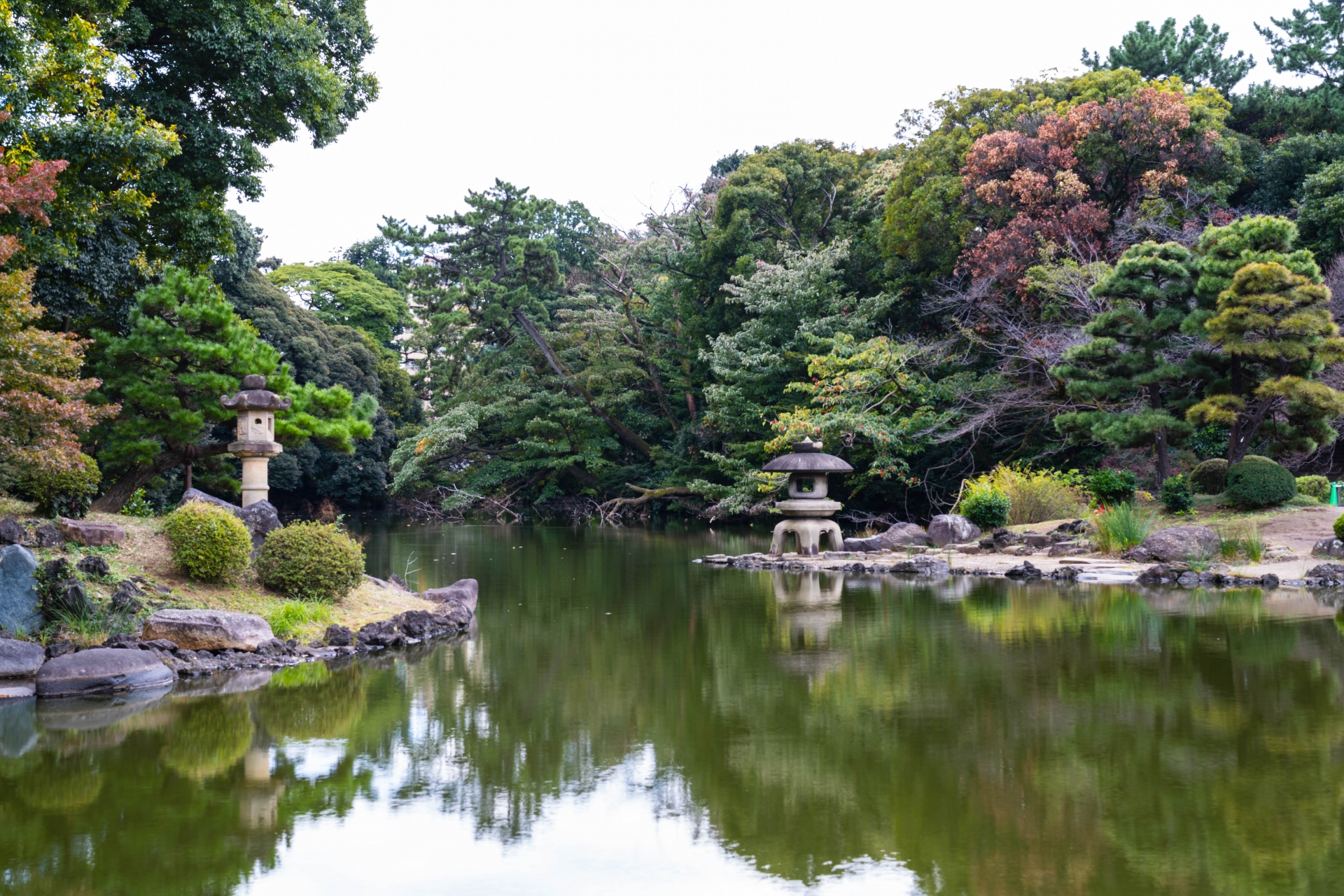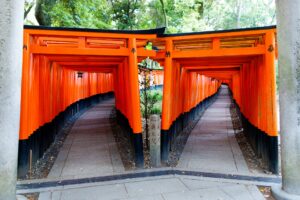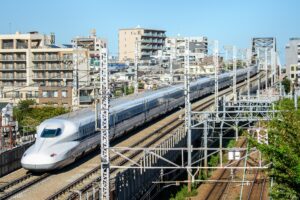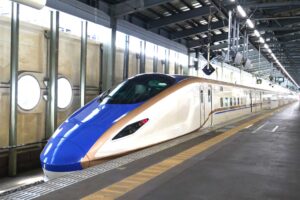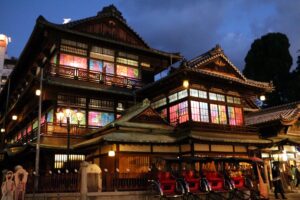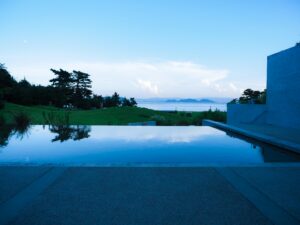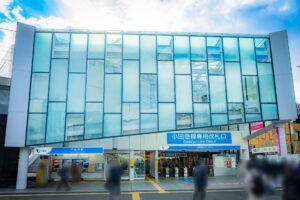Nestled in the bustling district of Shinjuku, Shinjuku Gyoen National Garden offers a peaceful retreat from Tokyo’s energetic pace. This guide explores the garden’s history, seasonal highlights, visitor tips, and everything you need to plan your visit—whether you’re drawn by cherry blossoms in spring or fiery foliage in autumn.
What is Shinjuku Gyoen?
Shinjuku Gyoen is one of Tokyo’s most beloved and historic gardens, seamlessly blending natural beauty with a rich cultural past. Originally constructed in the Edo period as a residence for the Naitō family, the garden later became an imperial retreat before being opened to the public in 1949. Today, it stands as a National Garden managed by the Japanese government, offering a tranquil escape amid the skyscrapers of Shinjuku.
What sets Shinjuku Gyoen apart is its harmonious fusion of three distinct landscaping styles: the meticulous Japanese Traditional Garden, the expansive English Landscape Garden, and the geometrically pleasing French Formal Garden. Each section offers a unique atmosphere and aesthetic, making it a favorite for both locals seeking serenity and tourists eager to experience Japan’s horticultural artistry. Whether you’re admiring the cherry blossoms or exploring its serene ponds and pavilions, the garden’s timeless appeal makes it a must-visit Tokyo landmark.
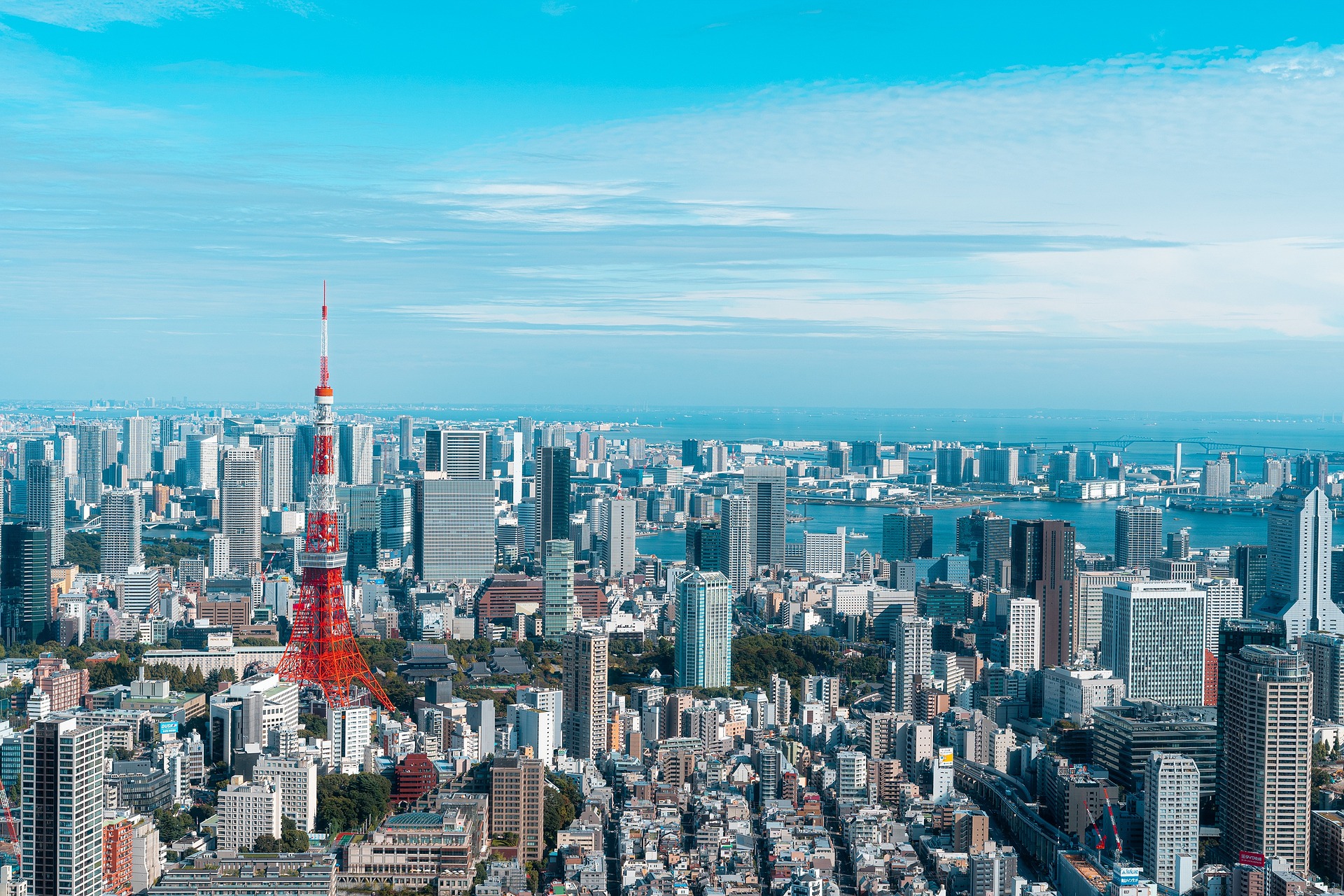
How to Get to Shinjuku Gyoen
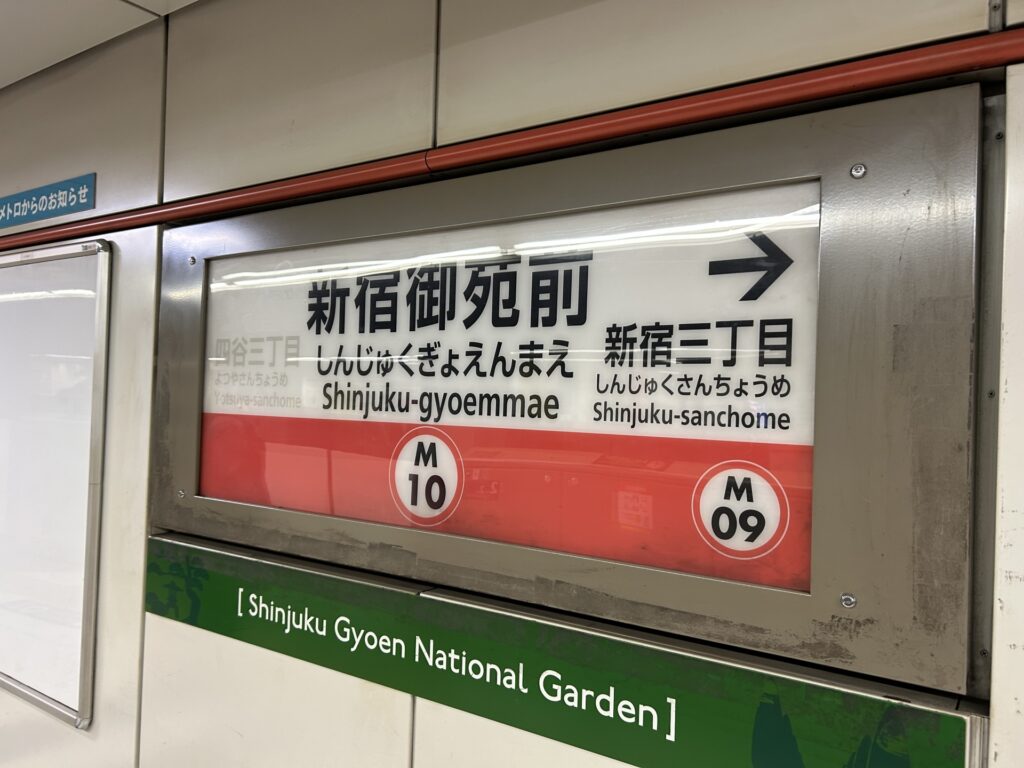
Accessing Shinjuku Gyoen is simple thanks to its central location and proximity to multiple train stations. Here are the most convenient options:
- Shinjuku-gyoenmae Station (Tokyo Metro Marunouchi Line): 5-minute walk to the Okido Gate.
- Sendagaya Station (JR Chuo-Sobu Line): 5-minute walk to the Sendagaya Gate.
- Shinjuku Station (JR and multiple subway lines): 10-minute walk to the Shinjuku Gate.
If you’re coming from central Tokyo or other major neighborhoods like Shibuya or Ginza, direct subway and JR lines make the trip quick and efficient. The garden has three main entrances—Shinjuku Gate (west), Okido Gate (east), and Sendagaya Gate (south)—each offering easy access depending on your starting point.
Walking routes are well-marked, and we recommend entering via the Shinjuku Gate if you plan to combine your visit with shopping or dining in the area.
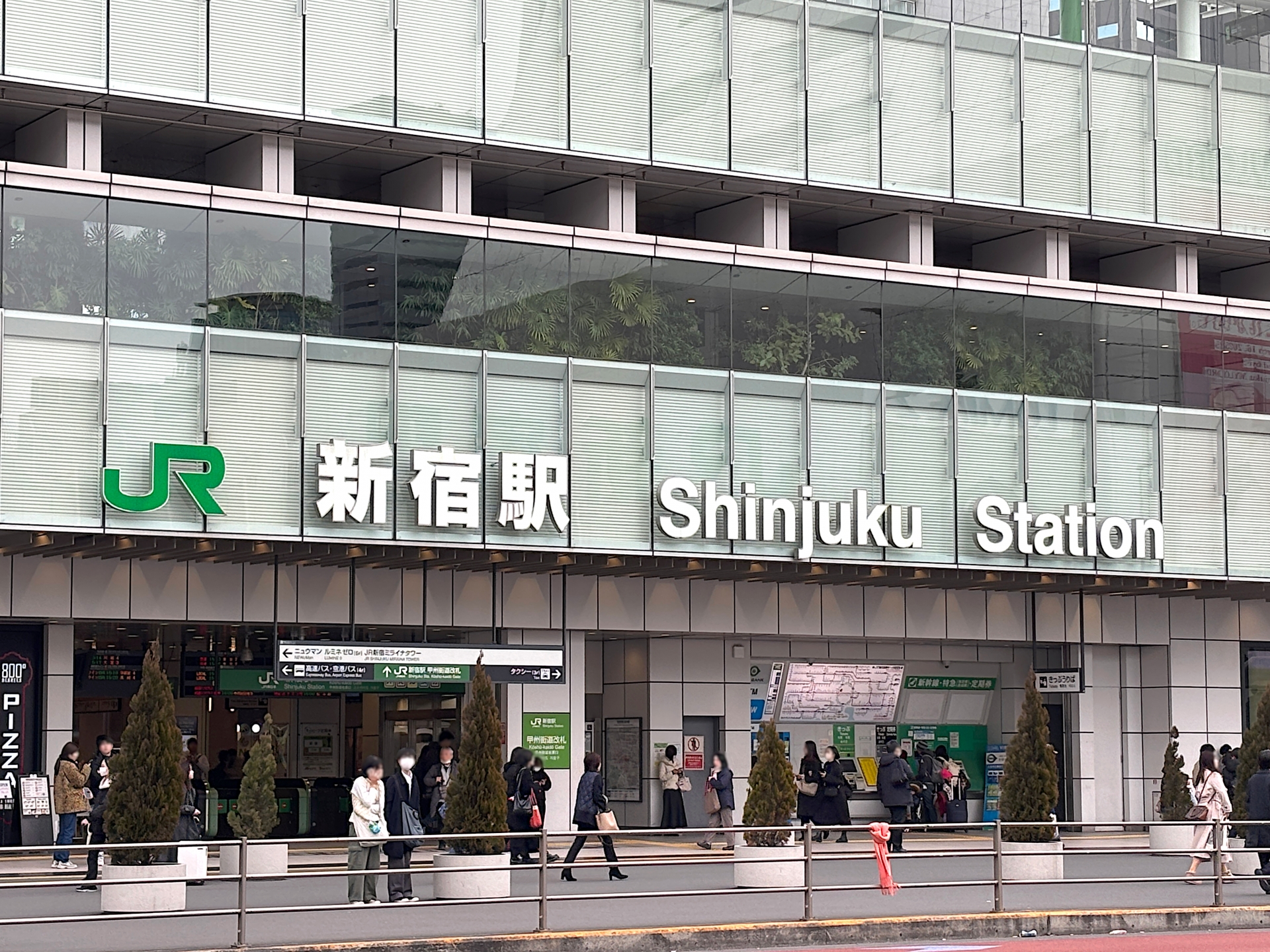
Admission, Hours, and Visitor Information
Shinjuku Gyoen operates on a consistent schedule, with seasonal adjustments to opening hours. Here’s what you need to know before you go:
- Opening Hours: 9:00 AM – 4:30 PM (last entry at 4:00 PM)
- Closed Days: Mondays (open if Monday is a public holiday, then closed the following day)
- Entry Fees:
- Adults: ¥500
- Seniors (65+): ¥250
- Students (high school/university): ¥250
- Children (junior high and under): Free
The garden is open year-round but may close temporarily due to weather or special maintenance. Note that alcoholic beverages, sports equipment, and pets are not allowed inside, preserving the calm atmosphere.
As of the latest update, COVID-19 protocols such as mask-wearing in crowded areas are recommended but not enforced.
Garden Highlights and Must-See Spots
Shinjuku Gyoen is more than just a garden—it’s a collection of beautifully maintained spaces that highlight both Japanese and Western aesthetics. Here are some of the must-see areas:
Japanese Traditional Garden
This section is the soul of Shinjuku Gyoen. Featuring koi-filled ponds, stone bridges, and a serene teahouse, it’s perfect for those seeking a classic Japanese aesthetic. Don’t miss the Taiwan Pavilion, which offers a lovely view of the garden below.
English Landscape Garden
A vast lawn surrounded by flowering trees, the English Garden is ideal for picnics or simply lounging under the sky. It offers wide-open views and a feeling of space that’s rare in Tokyo.
French Formal Garden
Lined with symmetrical flower beds and tree-lined paths, the French Garden shines especially during rose season in spring and early summer. It brings a touch of European elegance to your stroll.
Greenhouse
Home to tropical and subtropical plants, the greenhouse is a year-round attraction. It houses rare orchids, giant ferns, and a unique collection of flora native to Japan’s southern islands.
These diverse styles make Shinjuku Gyoen a photographer’s paradise and a cultural mosaic in the heart of the city.
Best Times to Visit Shinjuku Gyoen
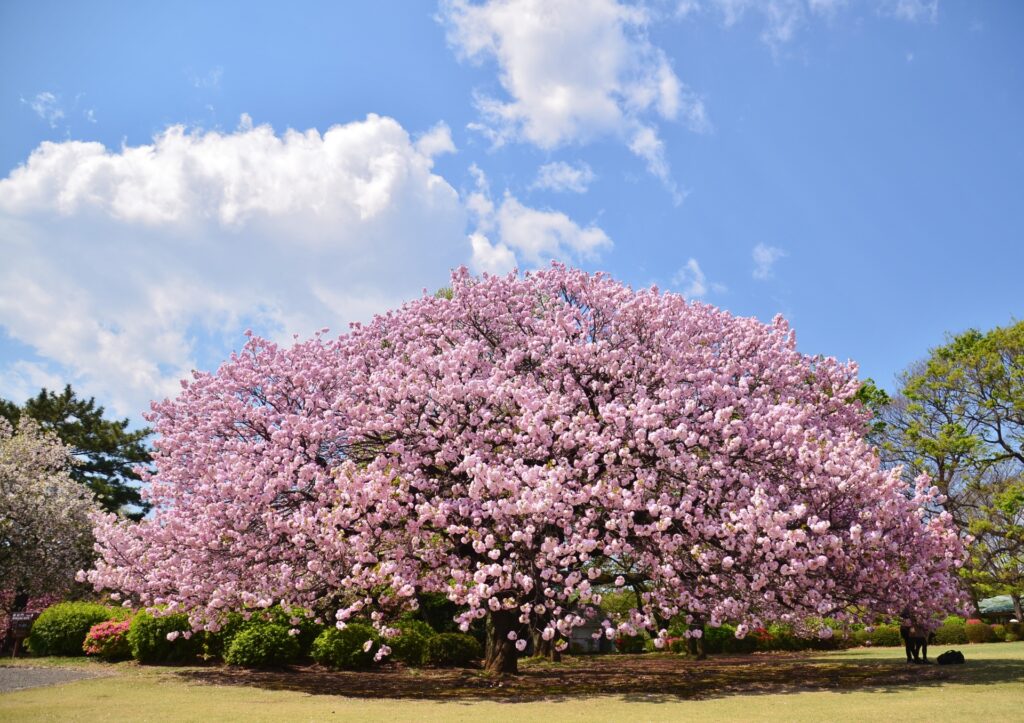
Shinjuku Gyoen transforms with the seasons, offering a different kind of beauty throughout the year:
- Spring (Late March to Early April): Cherry blossom season. The park is famous for its over 1,000 sakura trees, making it a top hanami (flower viewing) spot.
- Summer (June to August): Lush greenery provides a cool, shady retreat from Tokyo’s heat. Hydrangeas and water lilies are seasonal highlights.
- Autumn (Late October to Early December): Fiery foliage paints the Japanese Garden in reds and golds. A popular time for photography.
- Winter (December to February): Quiet and peaceful, especially after a snowfall. Offers a more introspective visit.
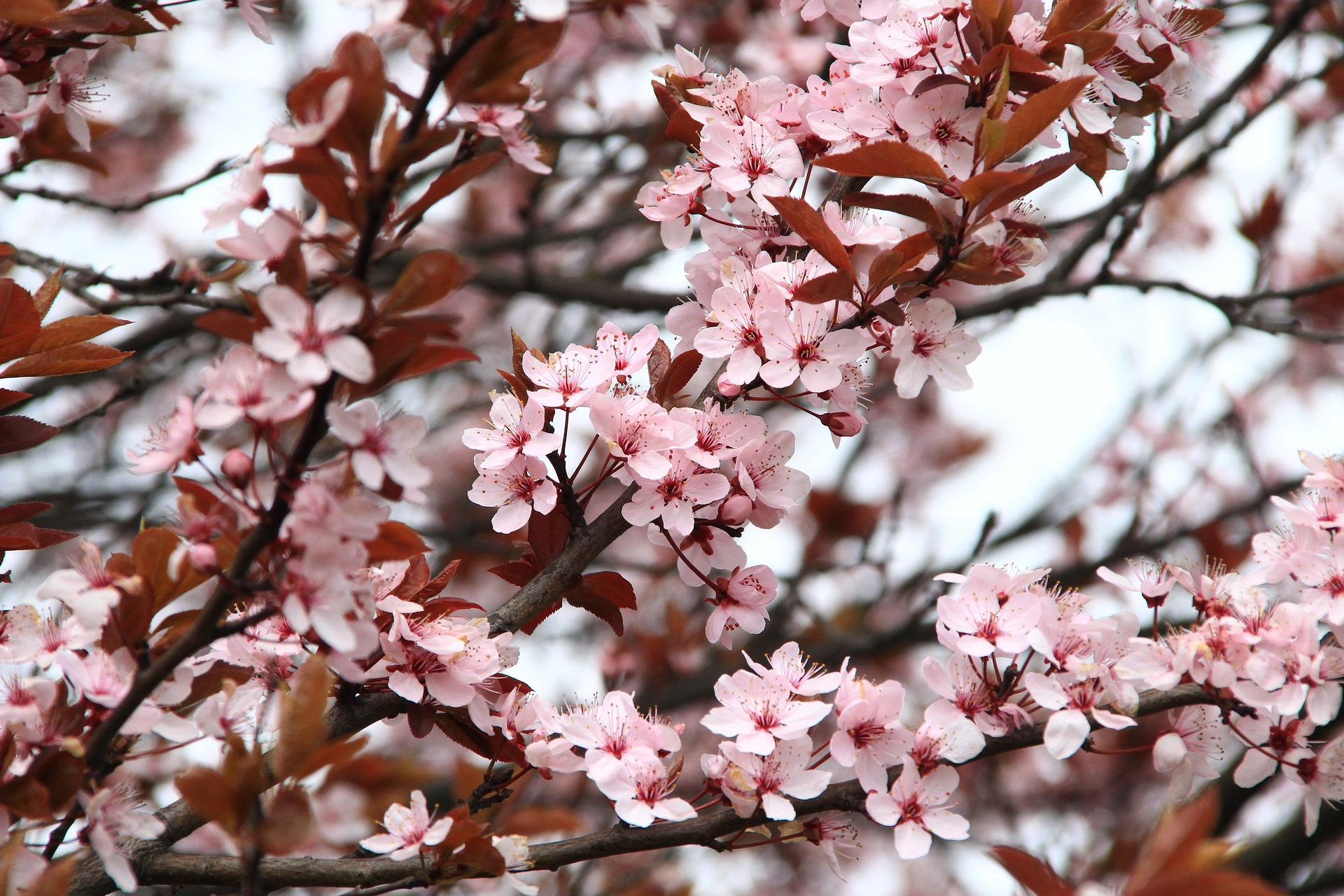
Recommended Time of Day
Visit early in the morning to enjoy soft lighting and fewer crowds, or late afternoon for golden hour photography. Weekdays are generally less crowded than weekends.
Seasonal Events Calendar
| Season | Event | Details |
|---|---|---|
| Spring | Cherry Blossom Festival | Special opening hours and food stalls |
| Autumn | Momiji Viewing | Evening illumination on select days |
Photography Tips and Instagram Spots
Shinjuku Gyoen is packed with photo opportunities, from wide landscapes to intimate detail shots. Here are some suggestions:
- Best Instagram Spots:
- Cherry blossoms over the central pond
- Reflections at the Japanese Garden bridge
- Rose-lined walkways in the French Garden
- Inside the tropical greenhouse
- Timing Tips:
- Early morning = soft light and minimal foot traffic
- Late afternoon = warm glow perfect for portraits
- Rules to Remember:
- No tripods or monopods allowed
- Commercial photography requires prior permission
- Drones are strictly prohibited
Keep your gear minimal and your eyes open—you’ll find beauty in both the iconic views and the hidden corners.
Tips for Families and Accessible Travel
Shinjuku Gyoen is very family- and accessibility-friendly, making it an excellent choice for all types of travelers.
- Stroller Access: Paved paths throughout the garden allow easy navigation for strollers.
- Baby Facilities: Baby-changing tables are available near restrooms.
- Wheelchair Accessibility: The garden is largely barrier-free, with accessible restrooms and ramps at major points.
- Rest Areas: Benches and shaded rest spots are plentiful.
- Food & Picnic Tips: You can bring your own food (no alcohol), and there are designated picnic areas, especially around the English Garden.
- Café: A garden café near the greenhouse serves light meals and beverages.
Nearby Attractions to Combine with Shinjuku Gyoen
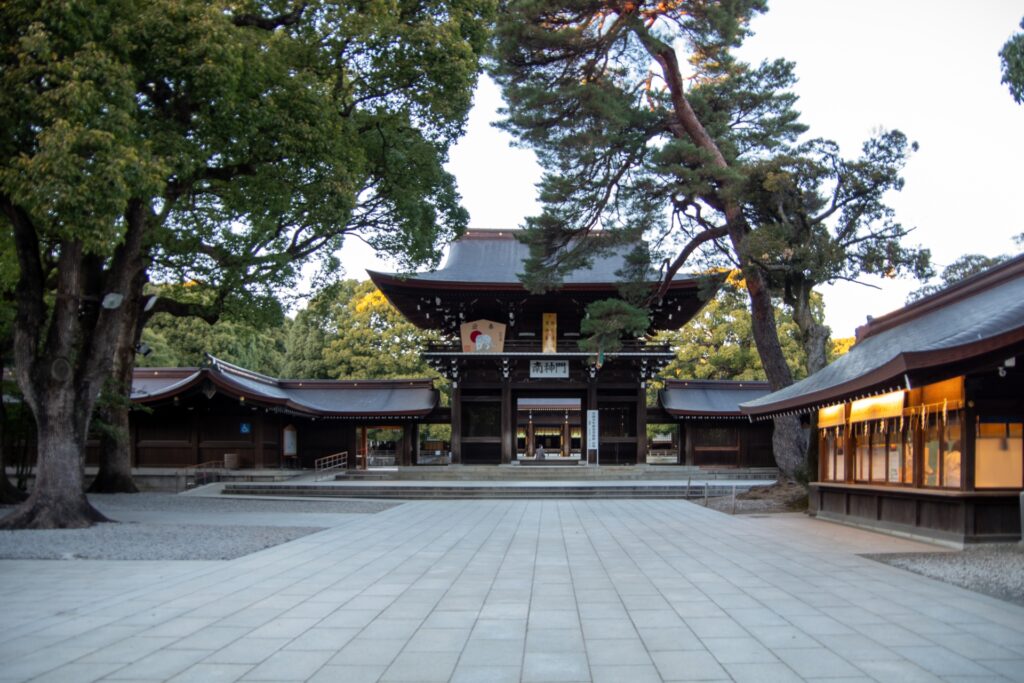
Turn your visit into a half-day Tokyo adventure by pairing Shinjuku Gyoen with nearby cultural and shopping spots:
- Meiji Jingu Shrine: A 20-minute walk or short train ride. A peaceful Shinto shrine surrounded by forest.
- Yoyogi Park: Popular for casual walks and weekend performances. Great for people-watching.
- Shinjuku Shopping District: From department stores to quirky alleyways like Omoide Yokocho, the area is a shopper’s dream.
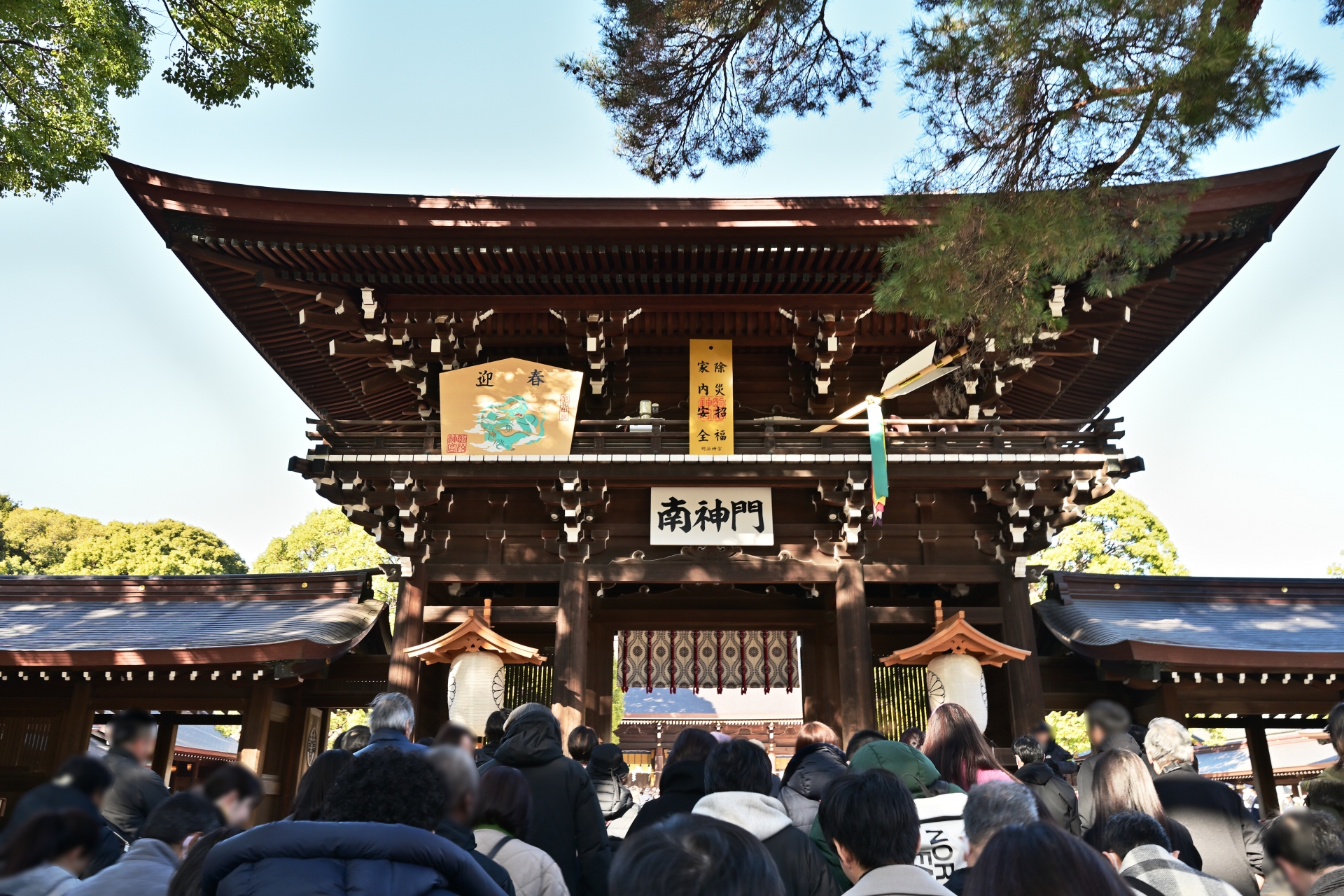
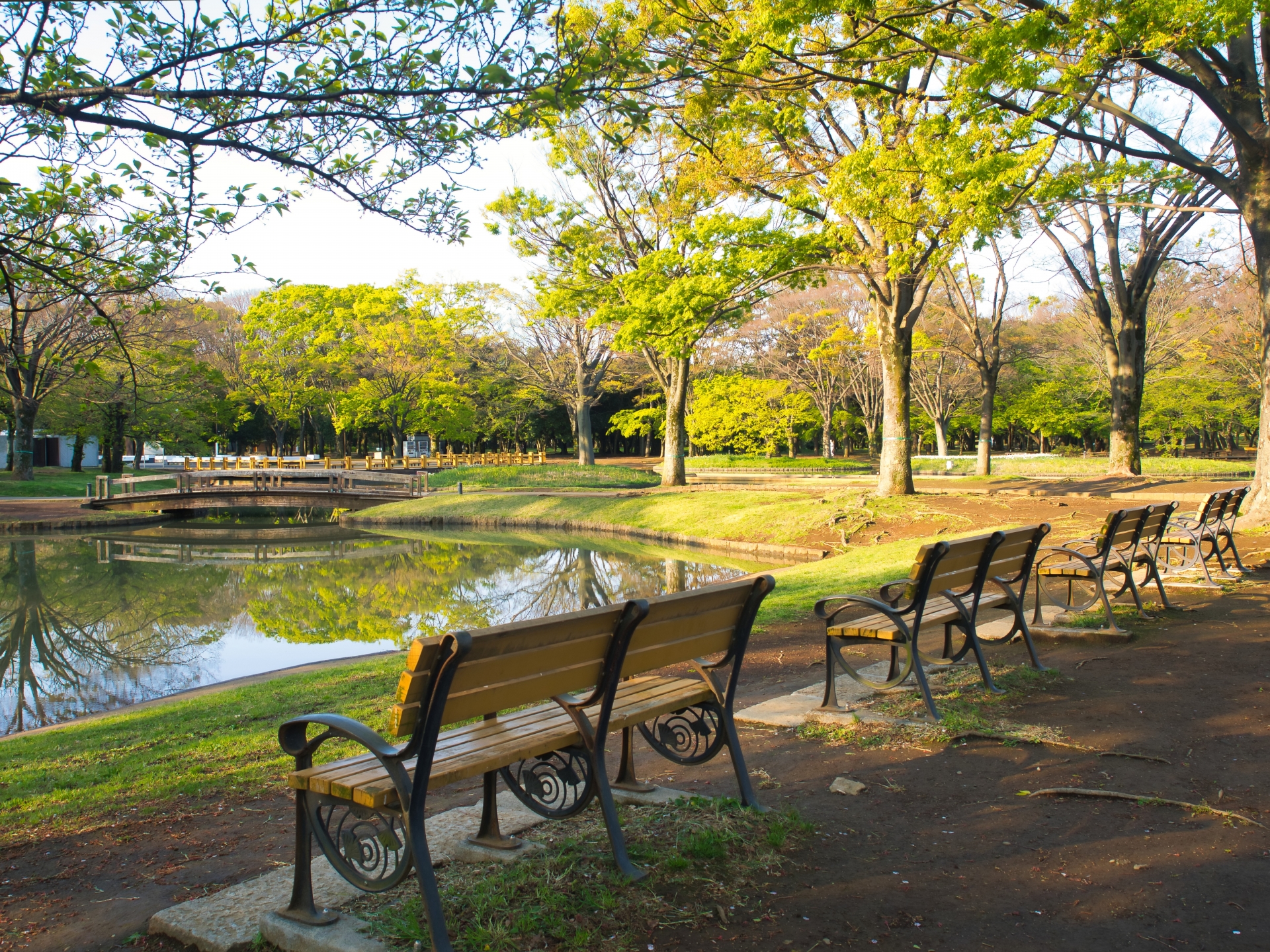
Suggested Itinerary
- Morning: Arrive at Shinjuku Gyoen by 9:00 AM, explore and enjoy a picnic lunch.
- Afternoon: Head to Meiji Jingu for a spiritual and cultural contrast.
- Late Afternoon: Shop or dine in the bustling Shinjuku area.
Conclusion
Shinjuku Gyoen offers an experience unlike any other in Tokyo—a peaceful oasis where centuries-old garden design meets the rhythm of city life. Whether you’re drawn by seasonal beauty like cherry blossoms and autumn leaves, or simply seeking a moment of quiet reflection in the heart of the metropolis, this garden welcomes you with open arms.
It’s not just a stop on your itinerary; it’s a place to pause, breathe, and take in a slower, more serene side of Japan. So pack your camera, grab a bento, and enjoy one of Tokyo’s most enchanting green spaces.

